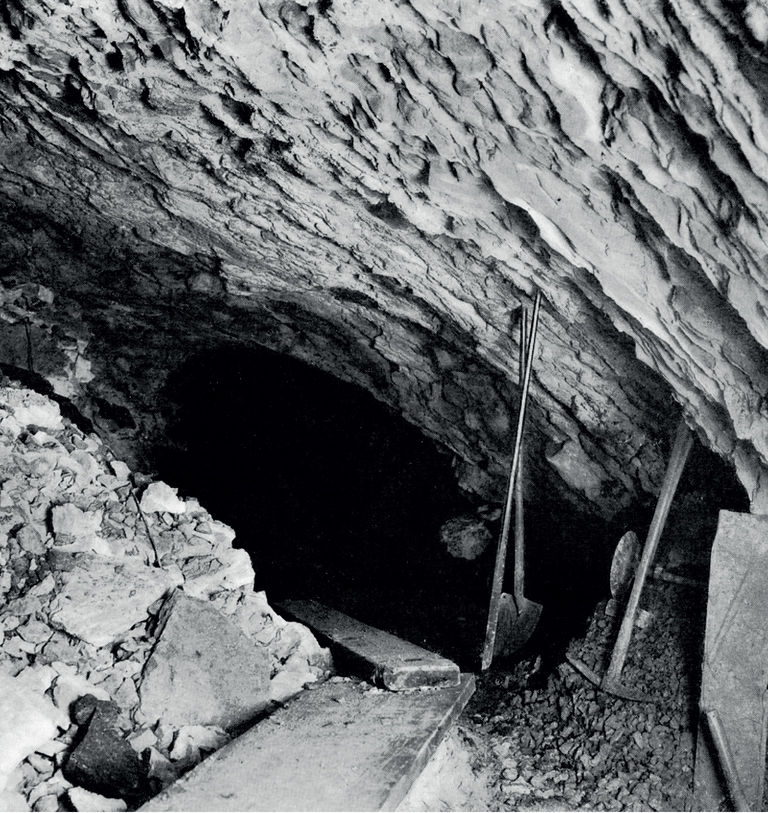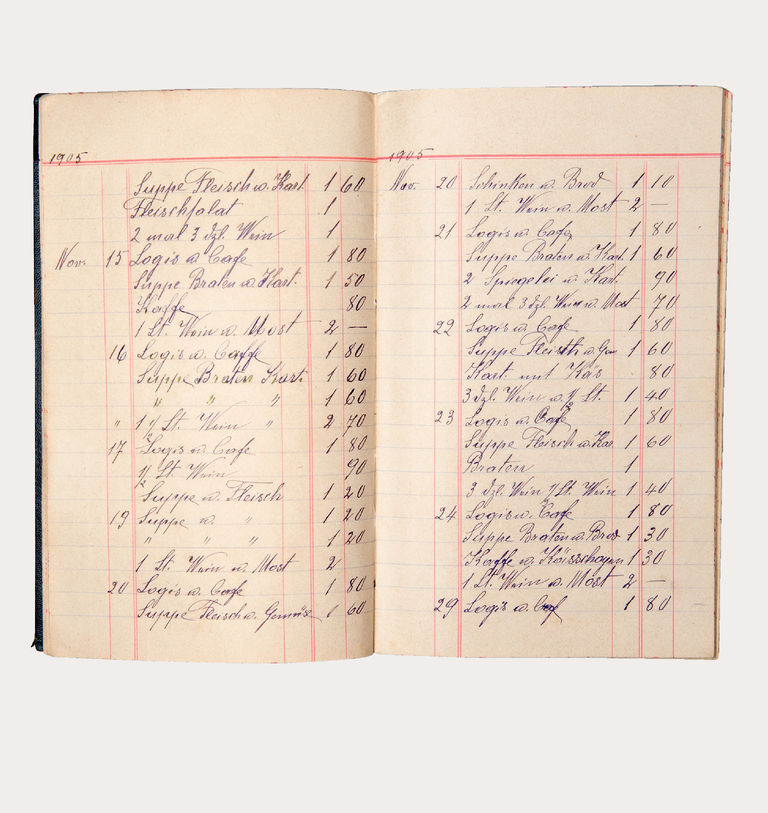Heinrich Emil Baechler (*1868 in Frauenfeld, † 1950 in St. Gallen) initially completed a commercial apprenticeship upon the advice of a relative. In actual fact, he wanted to become a teacher. Consequently, after completing his apprenticeship he attended the teaching seminar in Kreuzlingen. From 1894 to 1896, he studied literature and history at the University of Neuenburg, in addition to botany, zoology, and geology at the University of Zurich.
In 1897 he became an assistant at the Natural History Museum St. Gallen. He wanted to stay for a year, then return to his studies. But his superior persuaded him to stay and gave him an additional income as a teaching assistant for calligraphy, geography, and natural sciences at the Canton School of St. Gallen.
In 1902, Emil Baechler was appointed Head of the Natural History Museum St. Gallen and performed this role until 1949. In this capacity, he also instigated the excavations in the Wildkirchli between 1903 and 1908.
So as not to put an excessive burden on the museum’s finances, Emil Baechler covered the costs of the first excavation from his personal savings.
In 1904, Emil Baechler and Otto Koeberle discovered traces of human activity in the Wildkirchli from the last ice age. The discovery was a sensation. First of all, it proved that more than 30, 000 years ago, people resided at this altitude in the Alpine foothills.
Emil Baechler entered into a continuous back and forth with experts about the findings and his conclusions and interpretations. Nonetheless, he was met with criticism and envy. He encountered particularly intense criticism for his theory concerning a Stone Age bear cult.
In 1917, he received an honorary doctorate from the University of Zurich.



